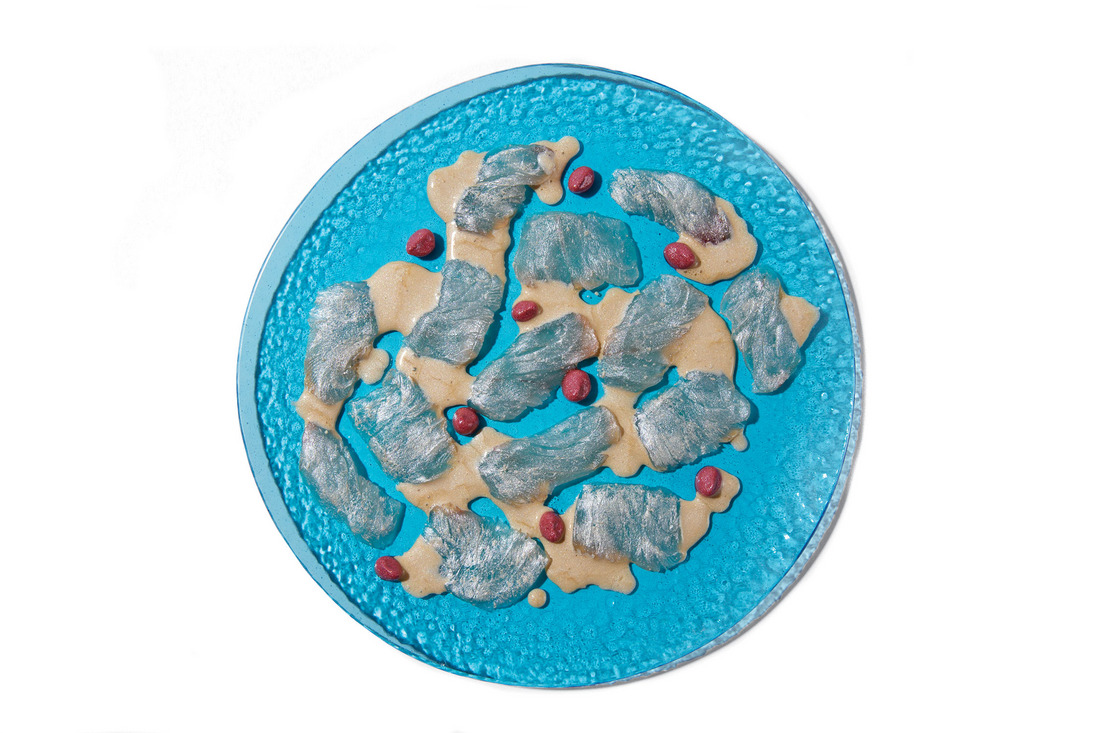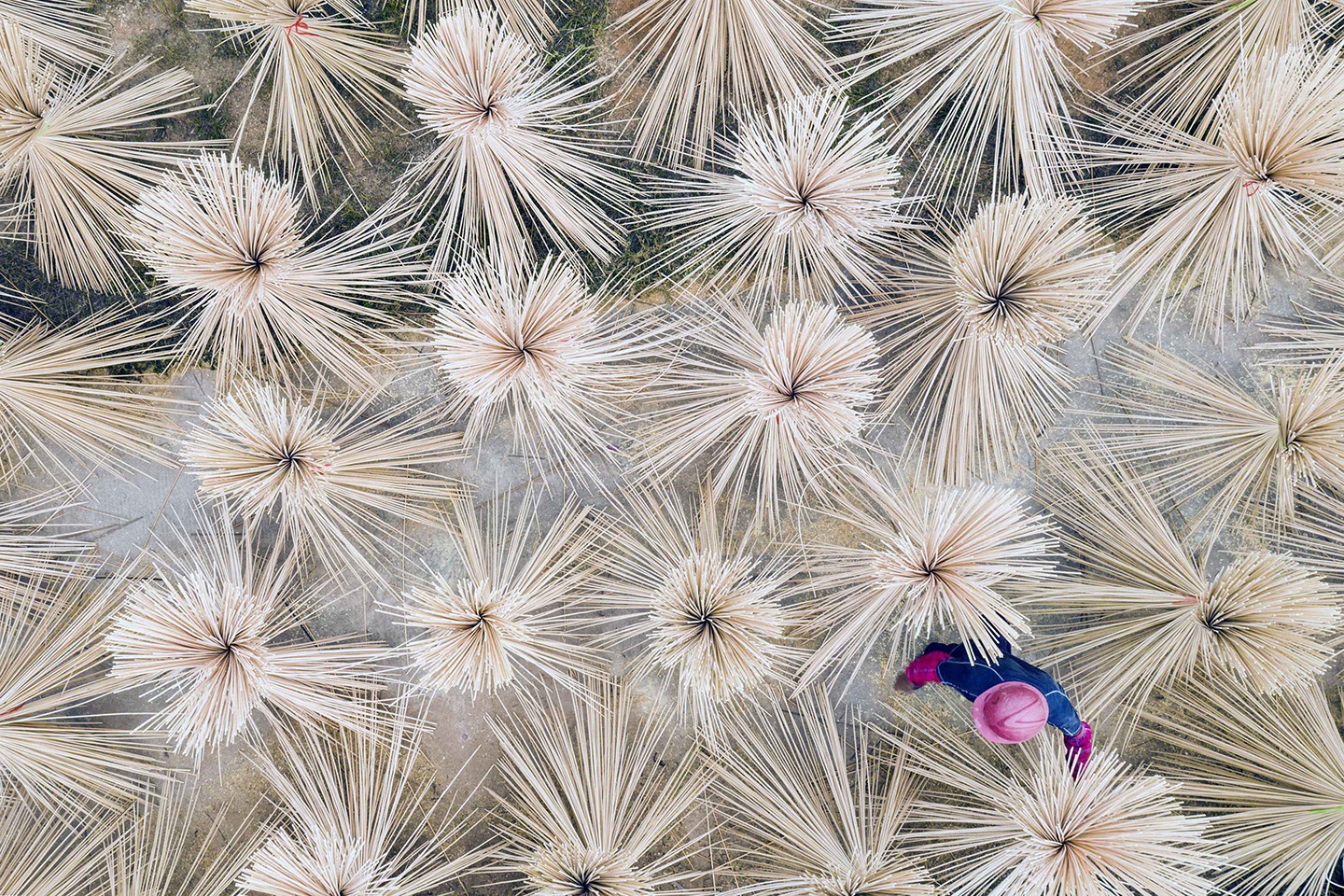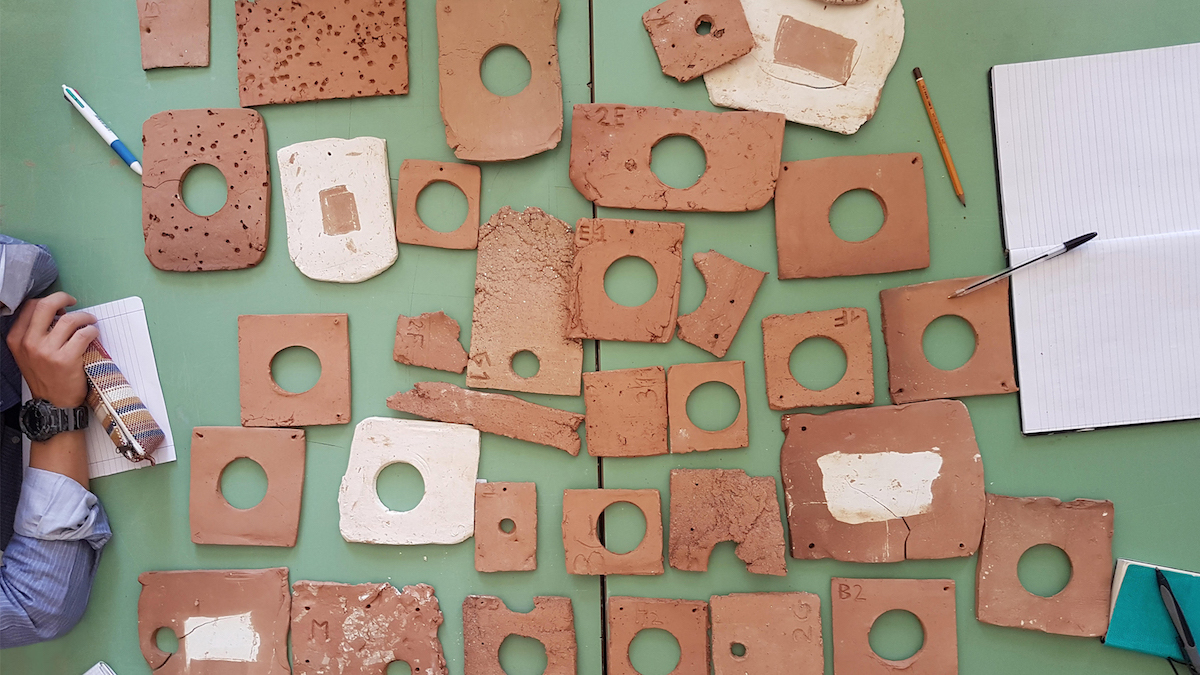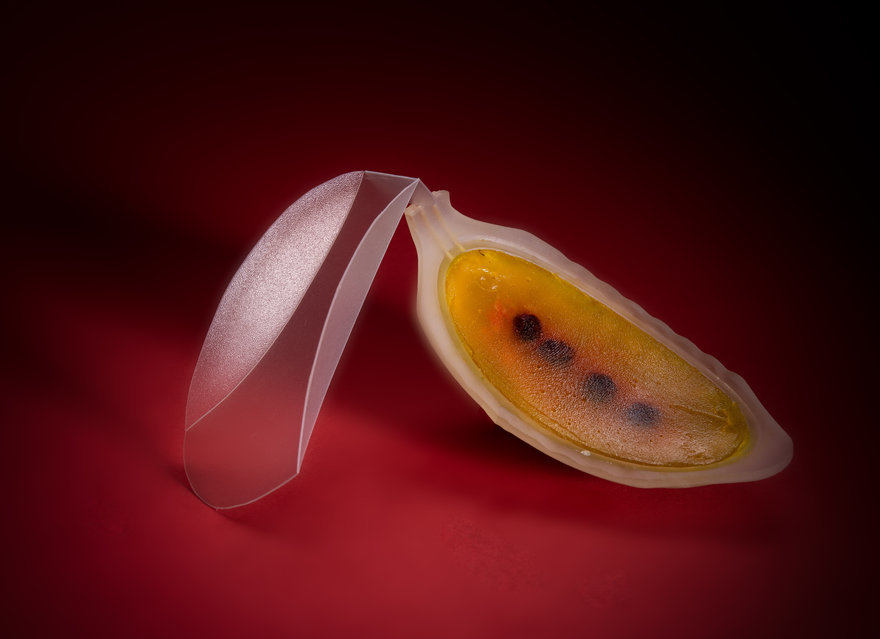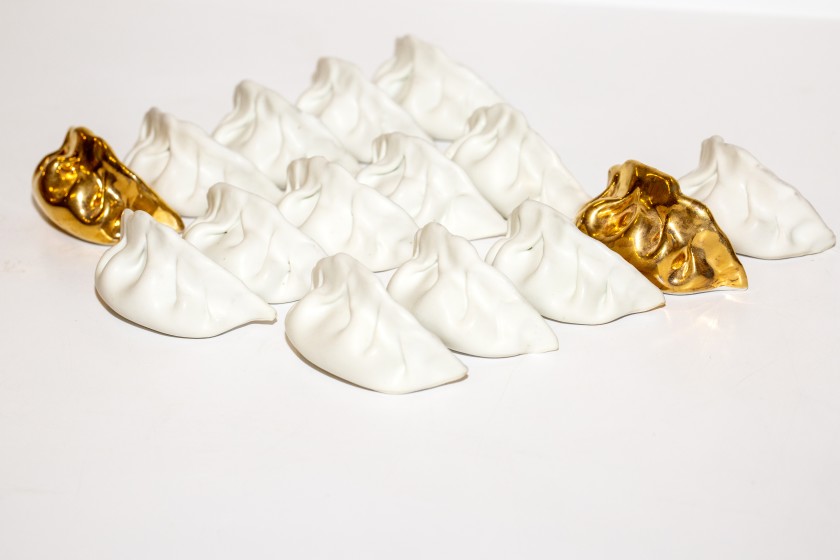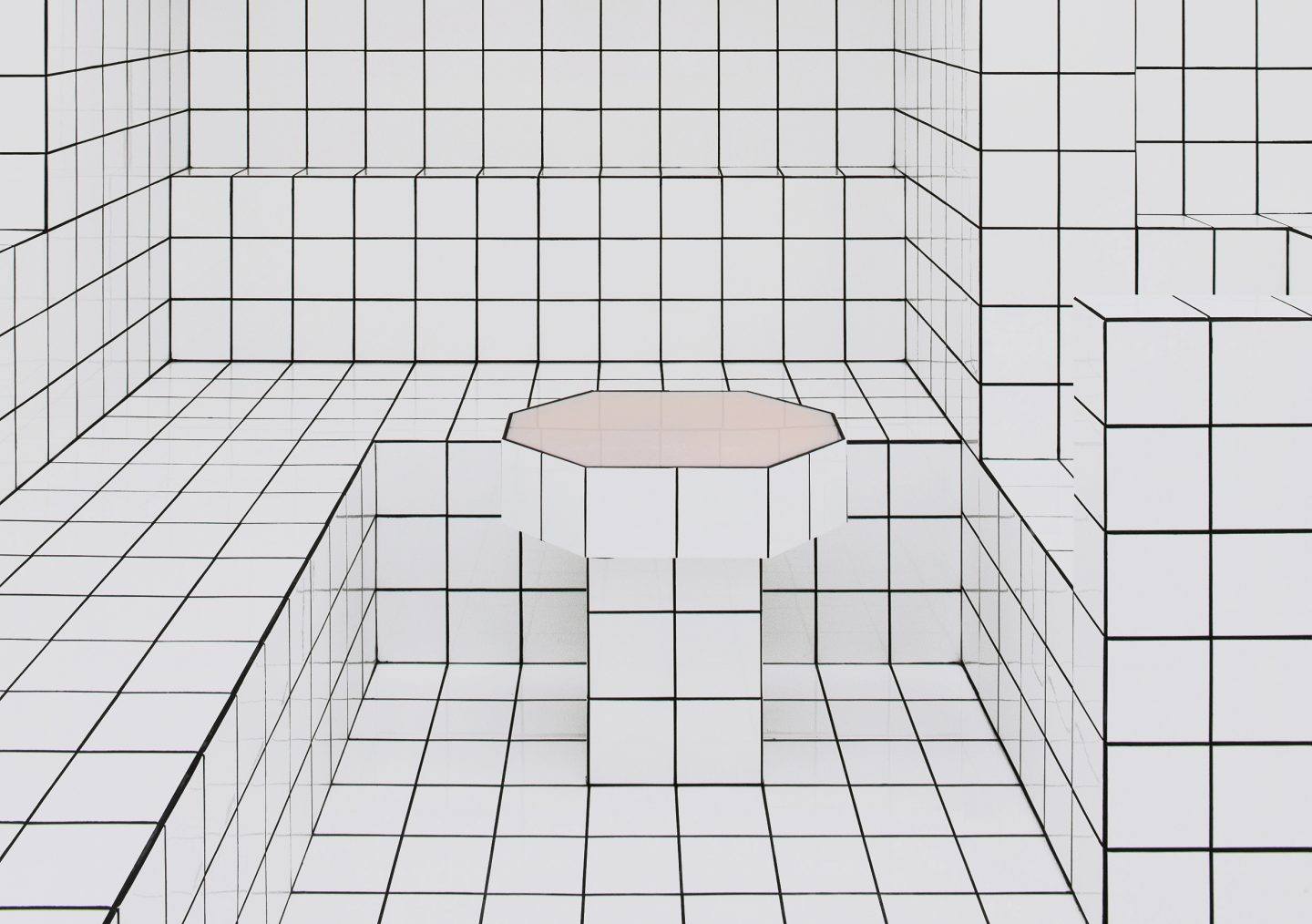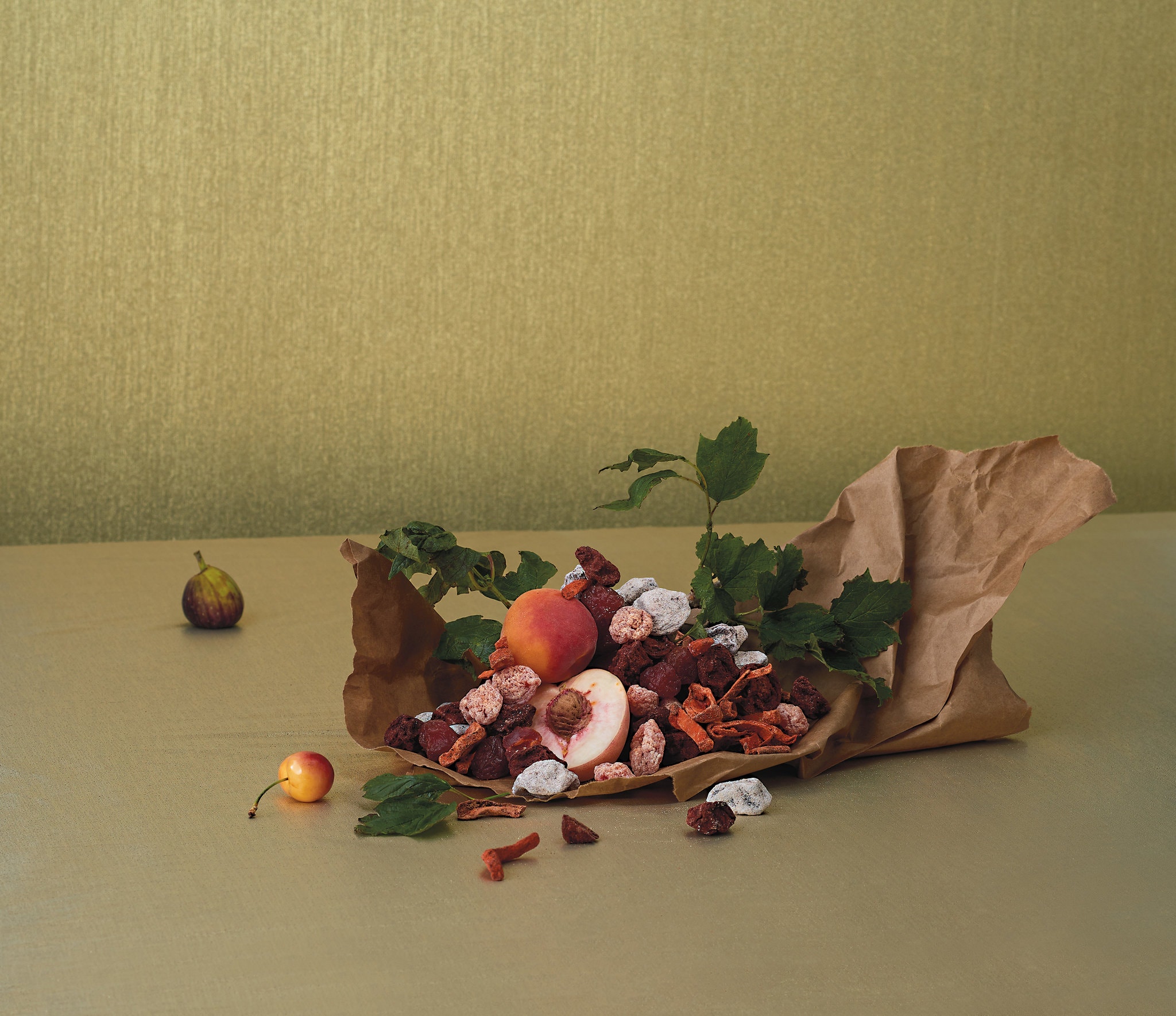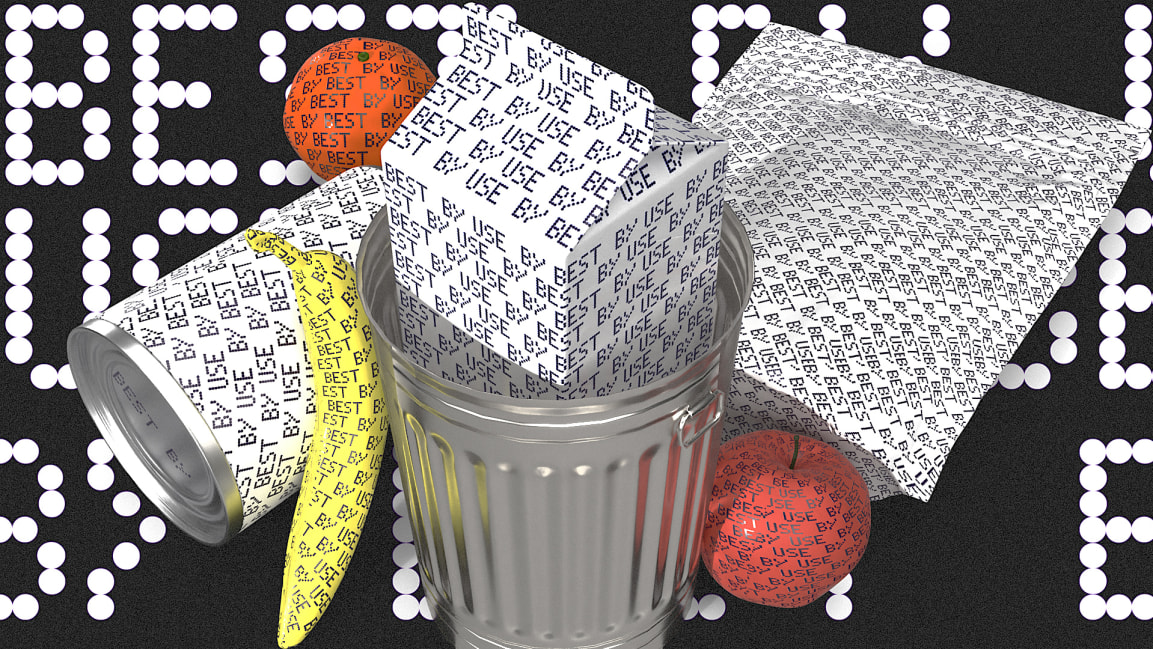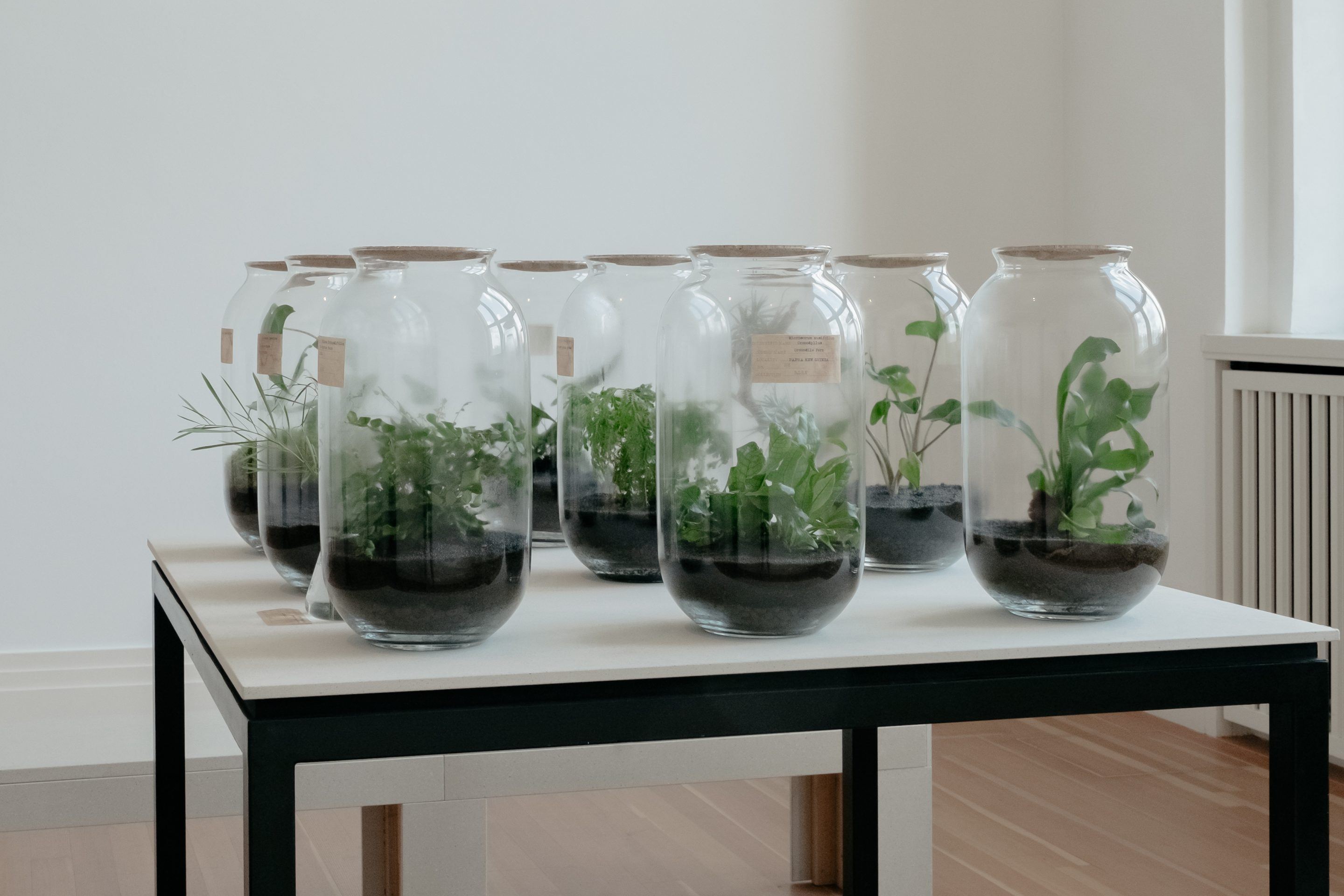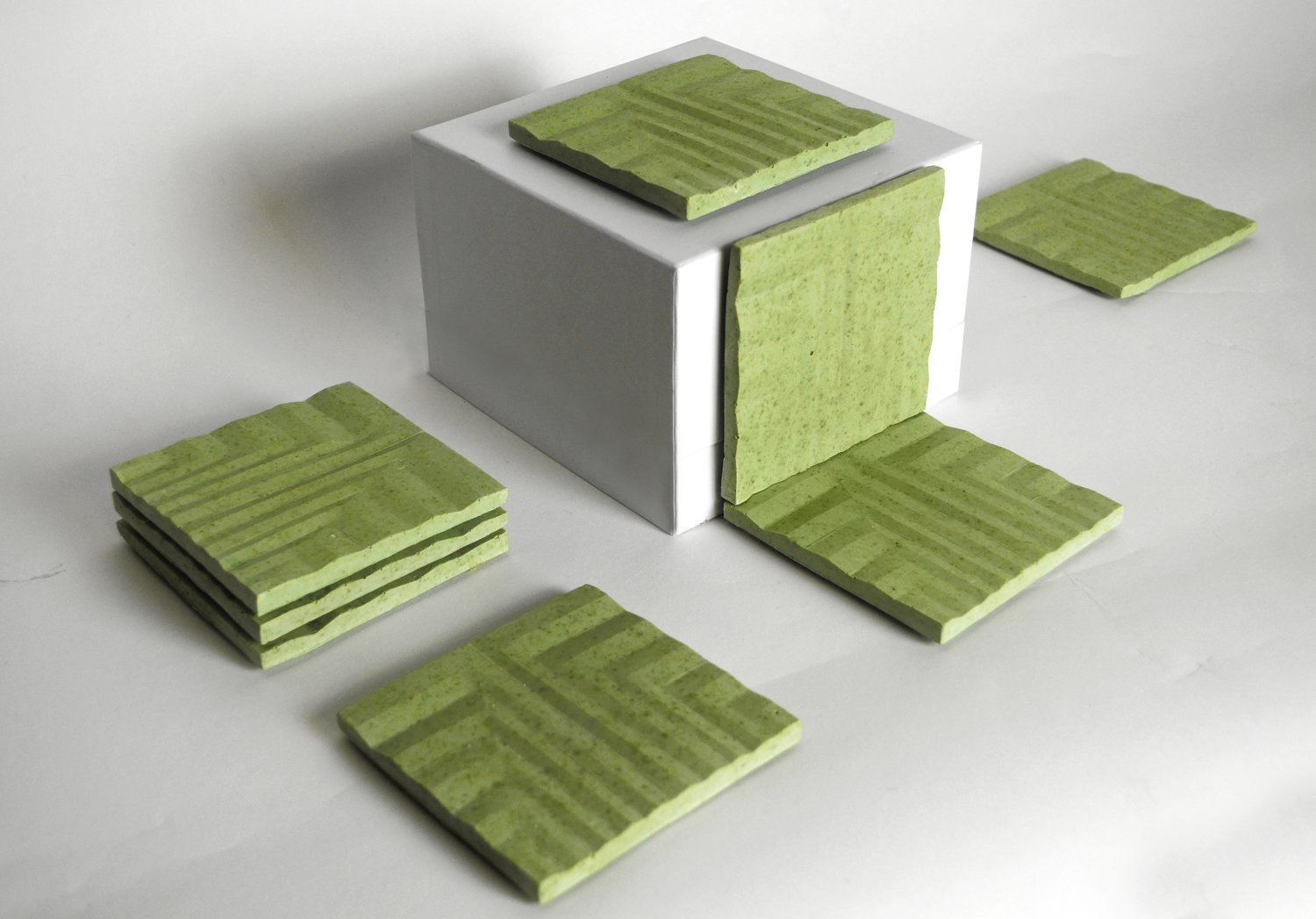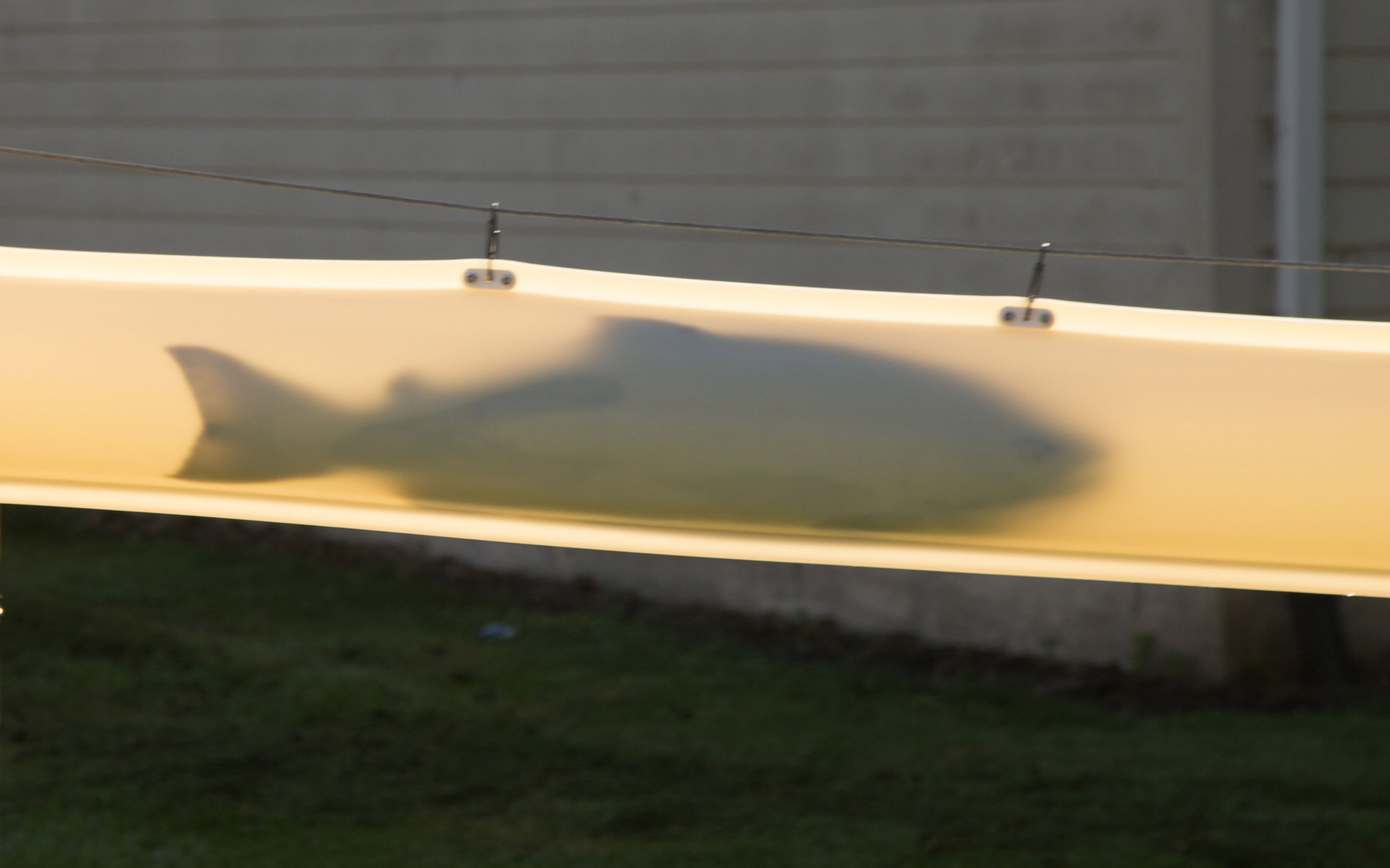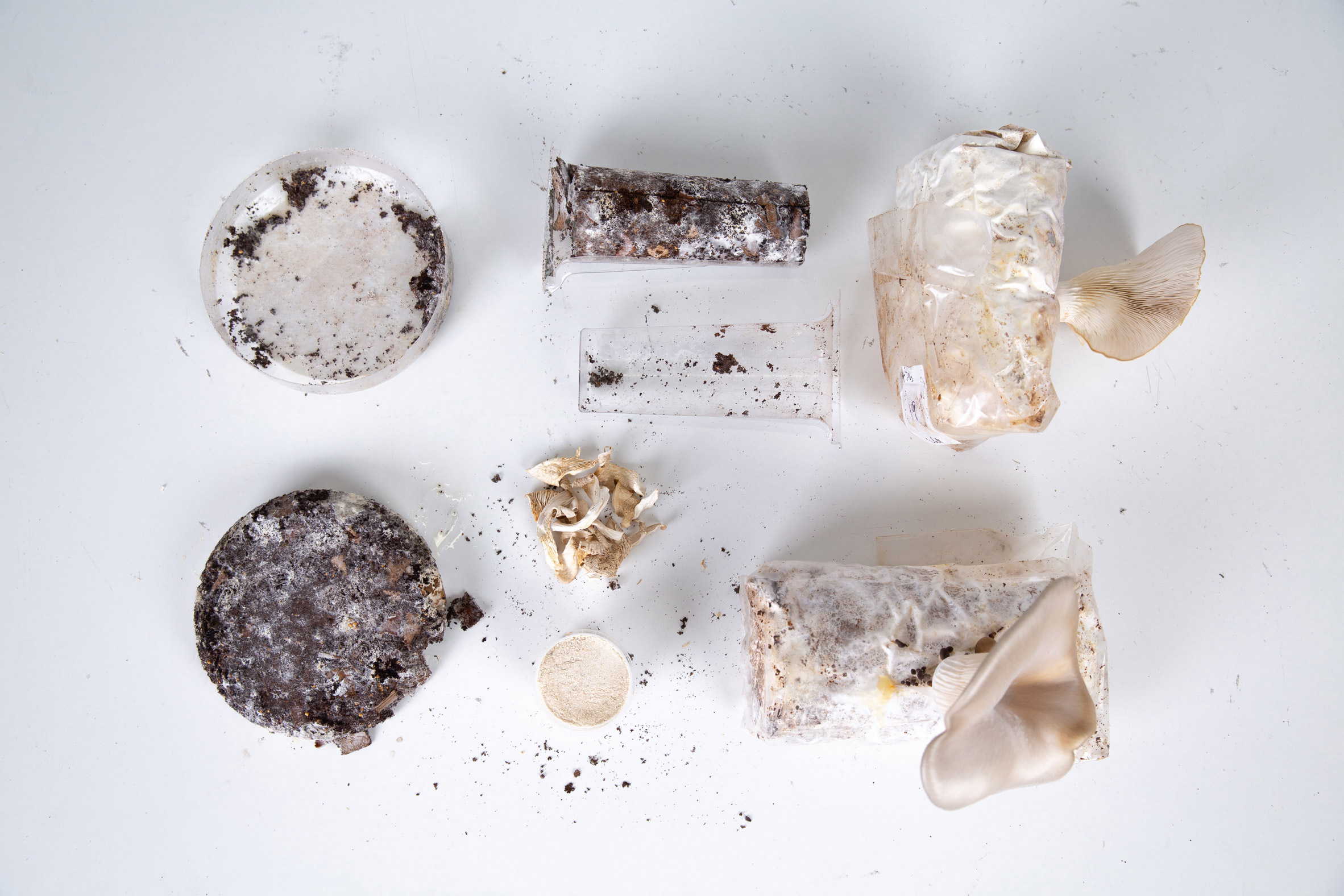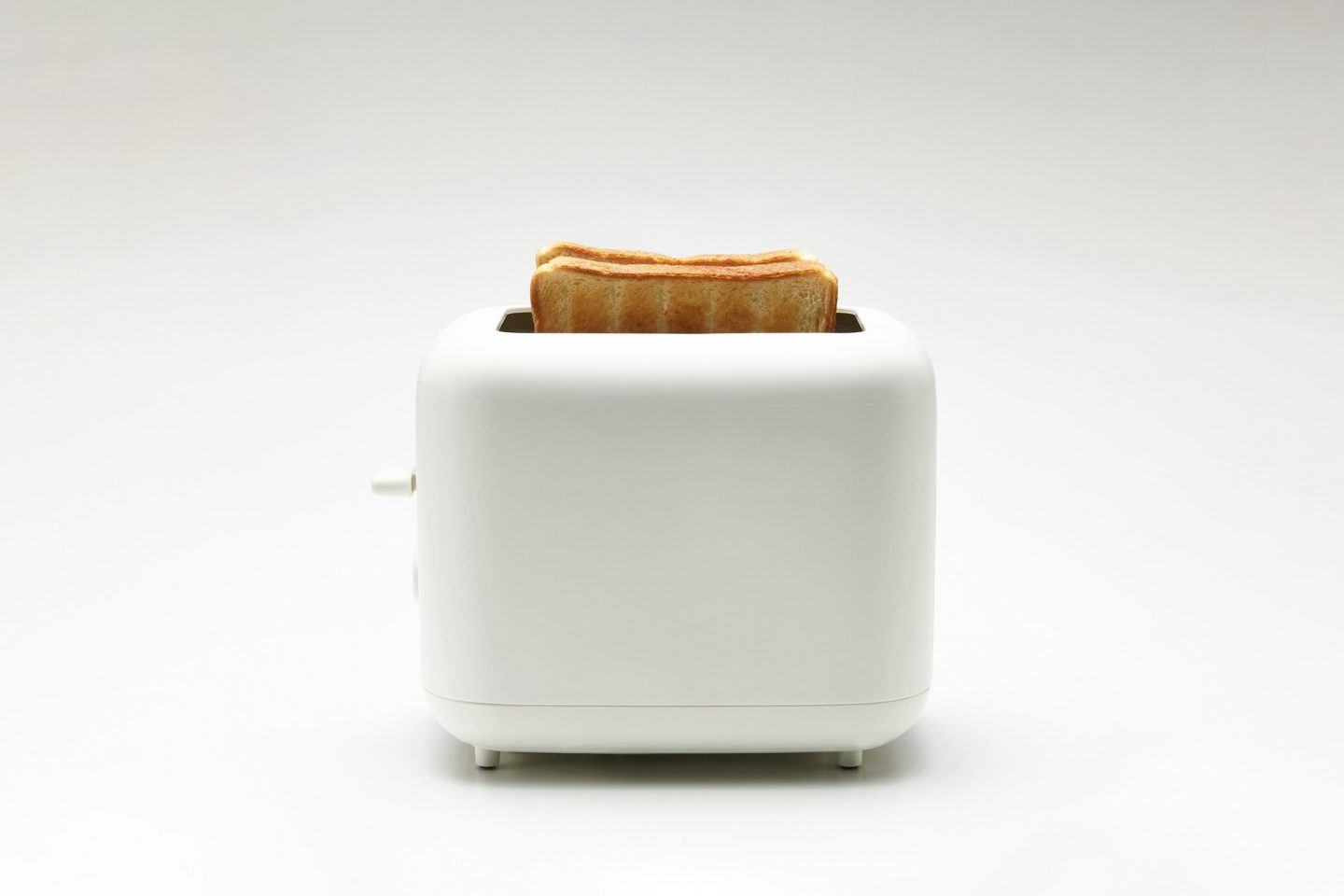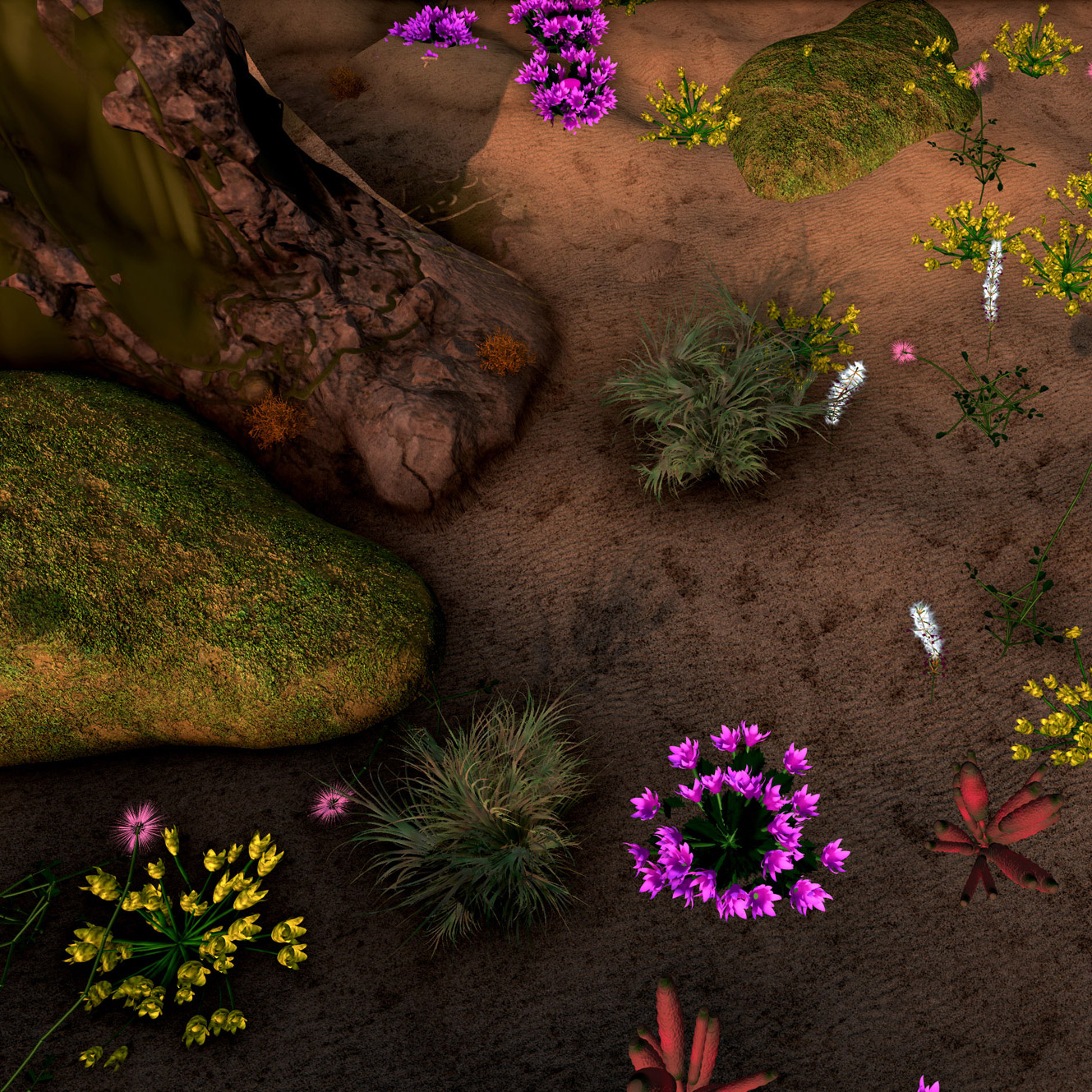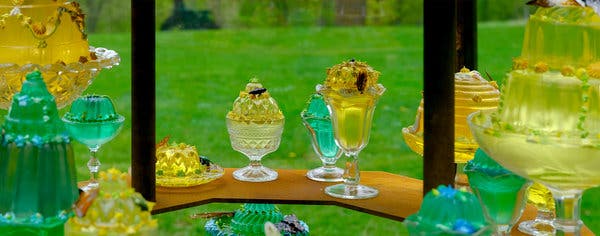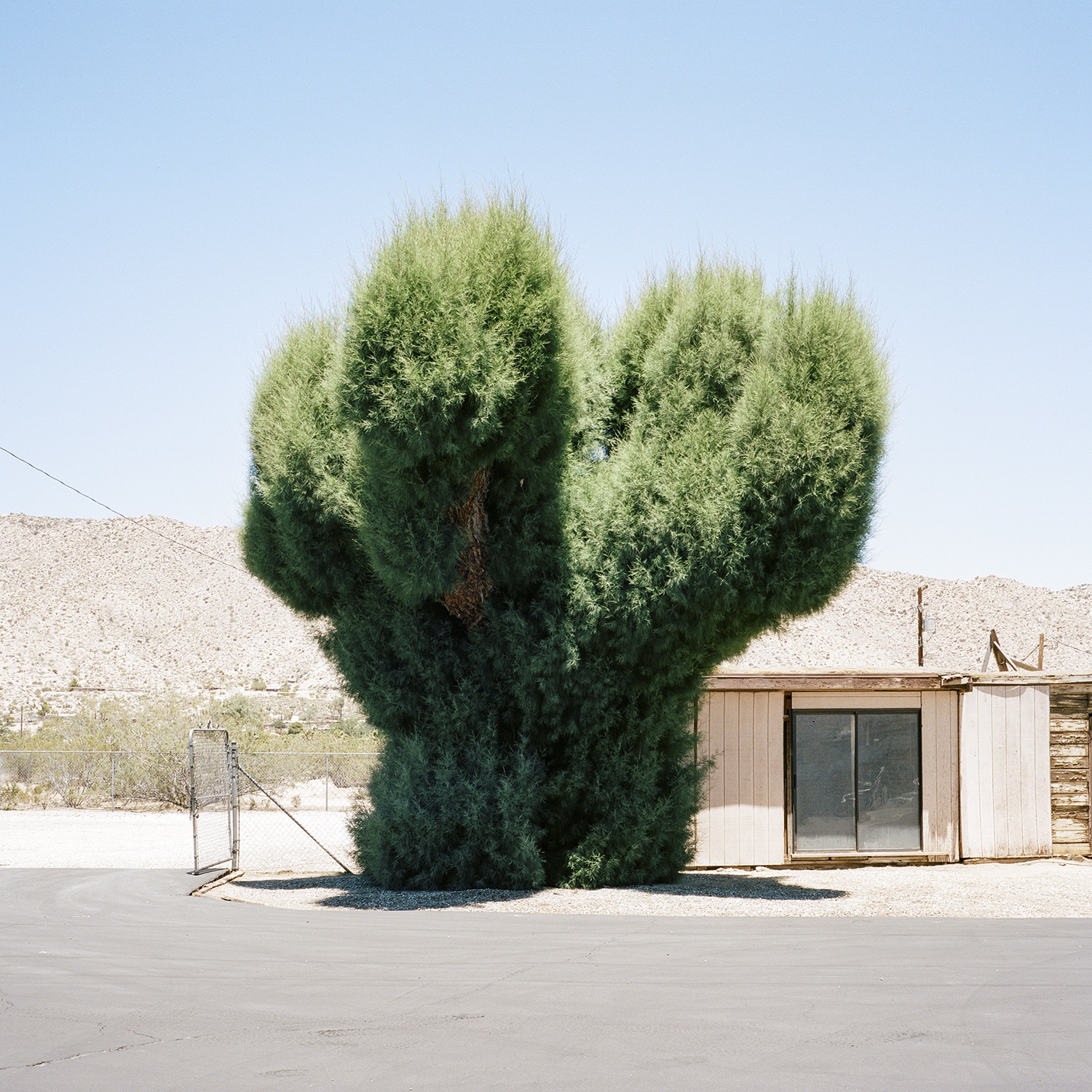Our weekly serving of off-the-menu items – a few popular favorites from the week, as well as a few morsels that may have slipped your notice.
Let Your Fridge Find Your Valentine
Just in time for Valentine’s Day…Samsung has—finally—released a dating app, Refrigerdating. As its name suggests, the app matches you with a date based on the contents of your fridge. Singles can now sniff out who leaves the milk jug open, and who doesn’t eat gluten, even before the first date.
 Photo by David Chow. Styling by Todd Knopke.
Photo by David Chow. Styling by Todd Knopke.
As the world faces exponentially increasing production of waste, designers are searching for ways to repurpose leftover materials, as we reported in our Food Waste issue of MOLD Magazine. Moving beyond just recycling materials like paper or plastic, they’re taking everything from leather to denim and creating new, beautiful materials. This article from T Magazine takes a look at some of the designers leading this exploration into the world of waste.
The increasing need for a more efficient, healthy and sustainable food system is prompting food companies to rethink how they’re making food. Nestlé is working to be on the forefront of this movement, designing solutions like structured sugars and plant-based products that can deliver flavor and texture with fewer calories and more sustainable ingredients. Through collaboration with the producers that form its supply chain, Nestlé hope to eventually leave “zero environmental impact.”
Architectural studio Snøhetta has revealed its newest chair design, the S-1500, built from repurposed plastic and steel taken from fish nets. The chair was inspired by a desire to help mitigate the waste produced by fish farming companies in northern Norway. Snøhetta hopes that the design will encourage other studios to utilize wasteful byproducts from surrounding industries.
Researchers from the Indian Institute of Technology have developed an eco-friendly version of a laser, powered by carrots. Unlike typical lasing materials, which are produced through toxic chemical processes that harm the environment, the carrots that may be used for lasers are minimally processed. The IIT also found that simply soaking carrots in alcohol can easily increase the fluorescence of the lasers.
 Illustration by Ilya Milstein.
Illustration by Ilya Milstein.
As technology develops and the opportunities for digital grocery shopping become ever more accessible, the way we purchase our food is beginning to change. While some trends may not last, as consumers still appreciate forming a personal relationship with food and ingredients, it’s doubtful that we’ll be grocery shopping the same way in 50 years. This piece from Medium breaks down both the technologies that might revolutionize the way we buy food, and the ones that might become defunct.




